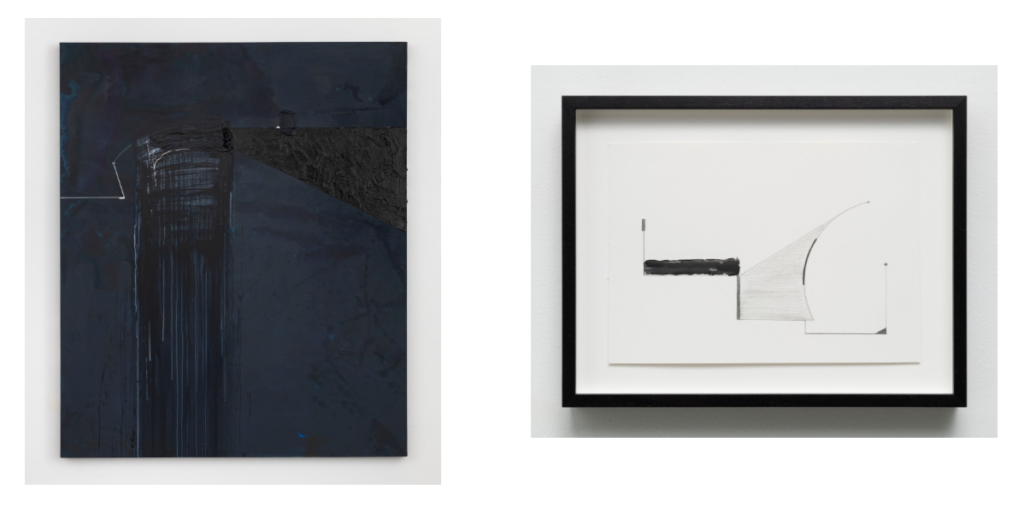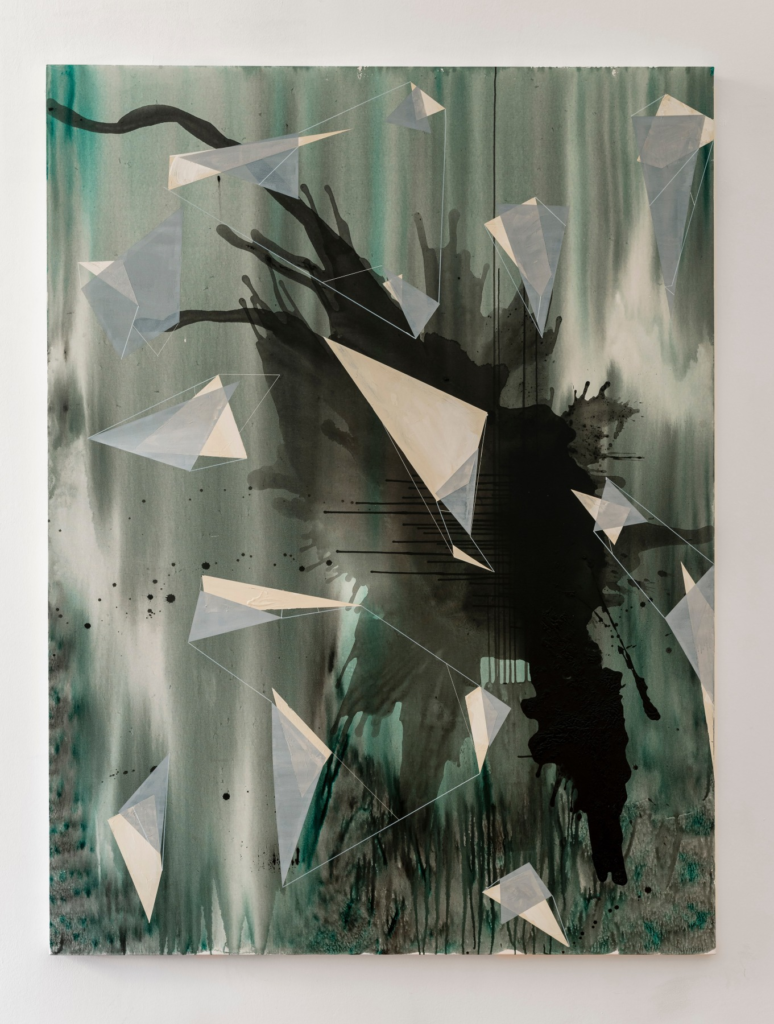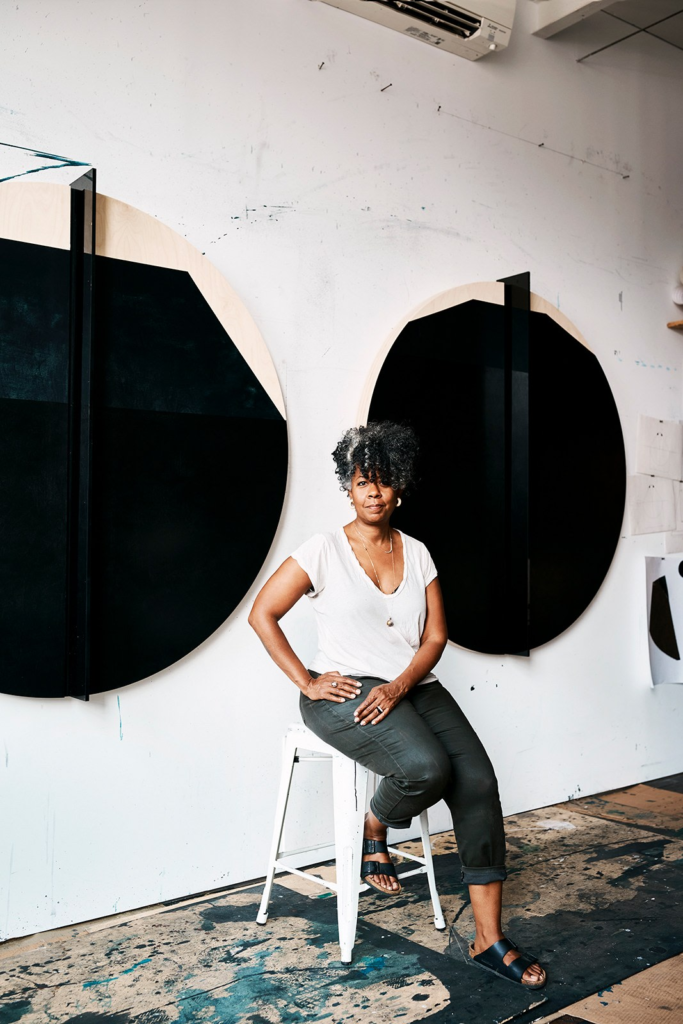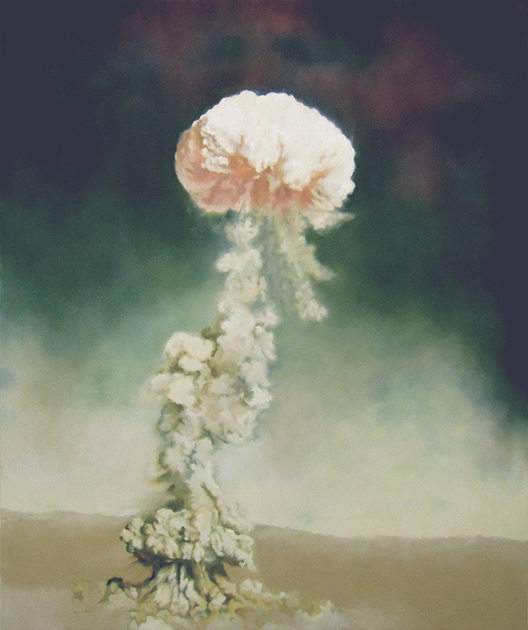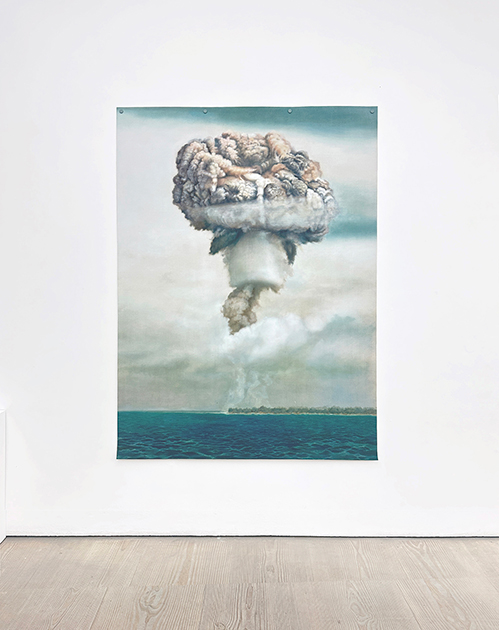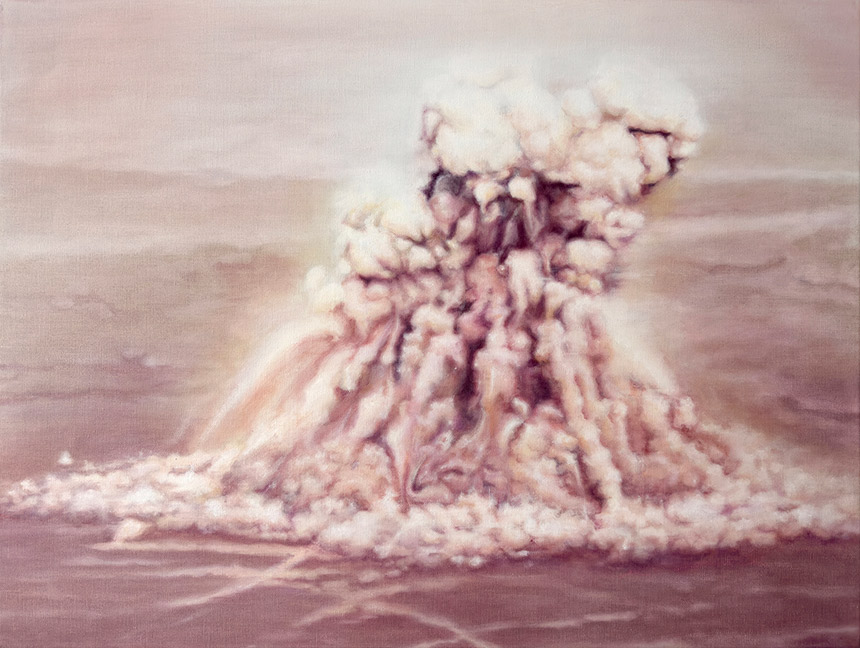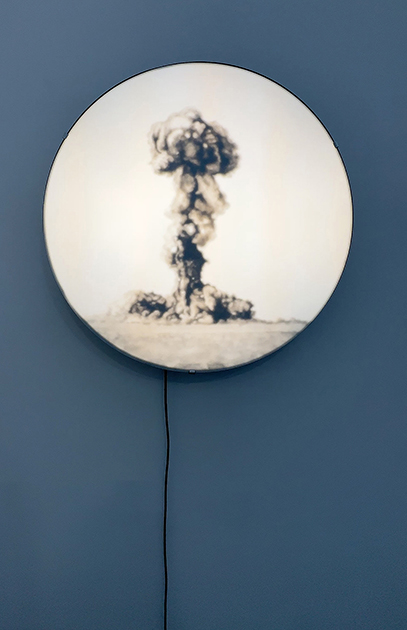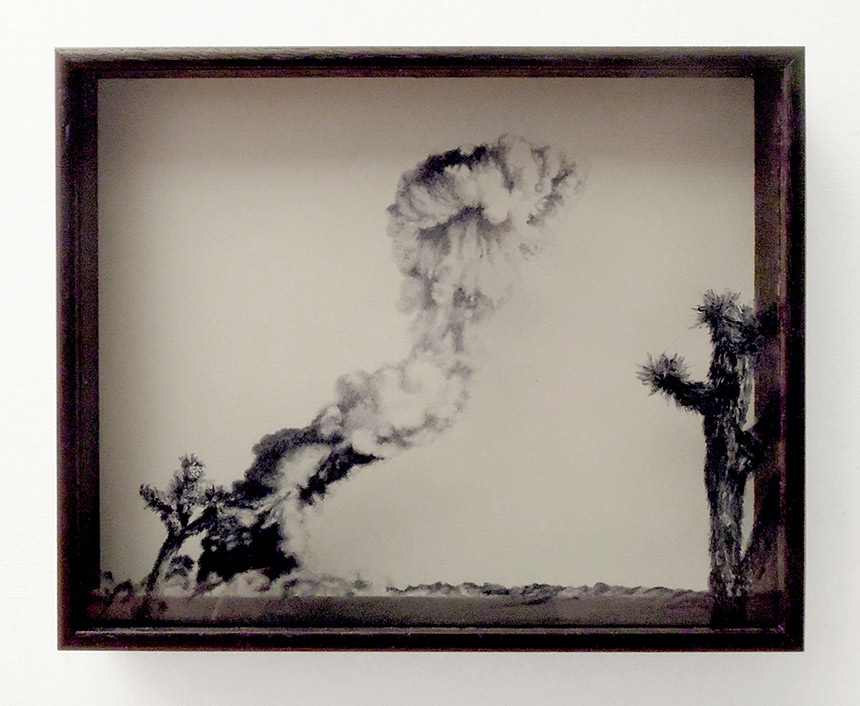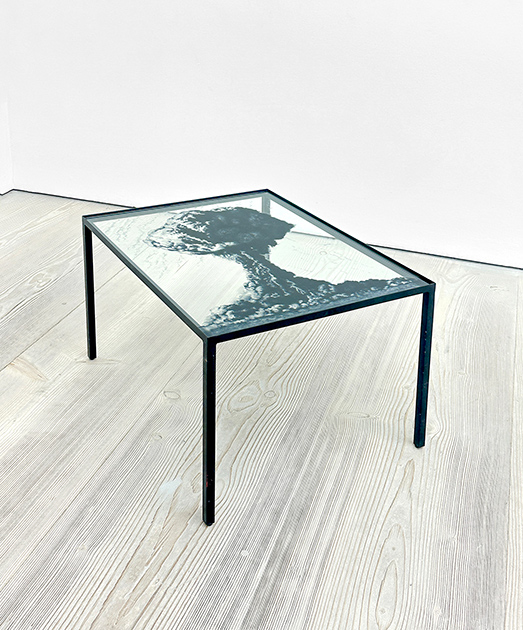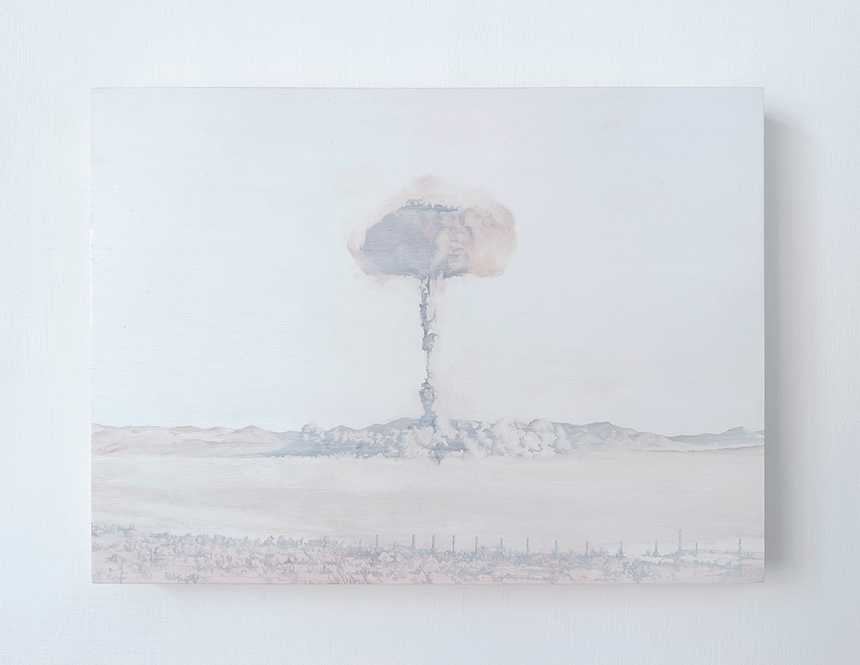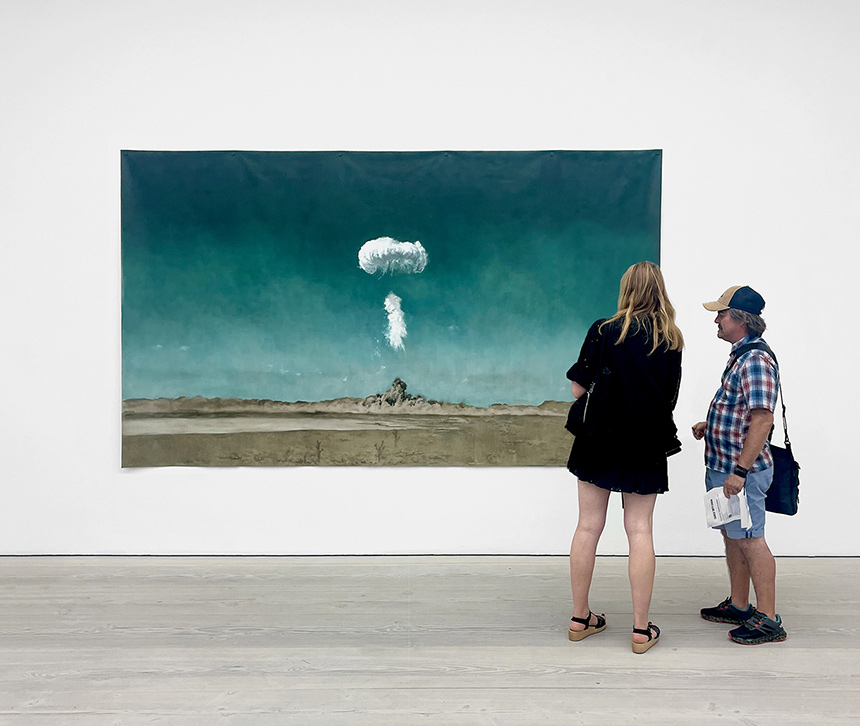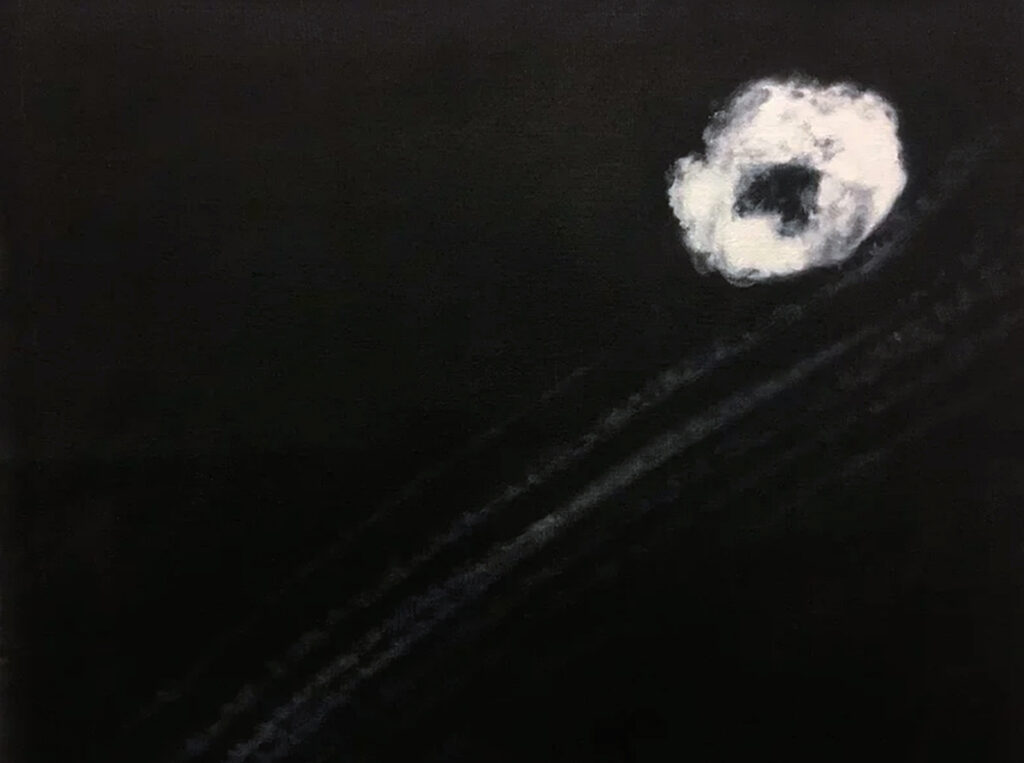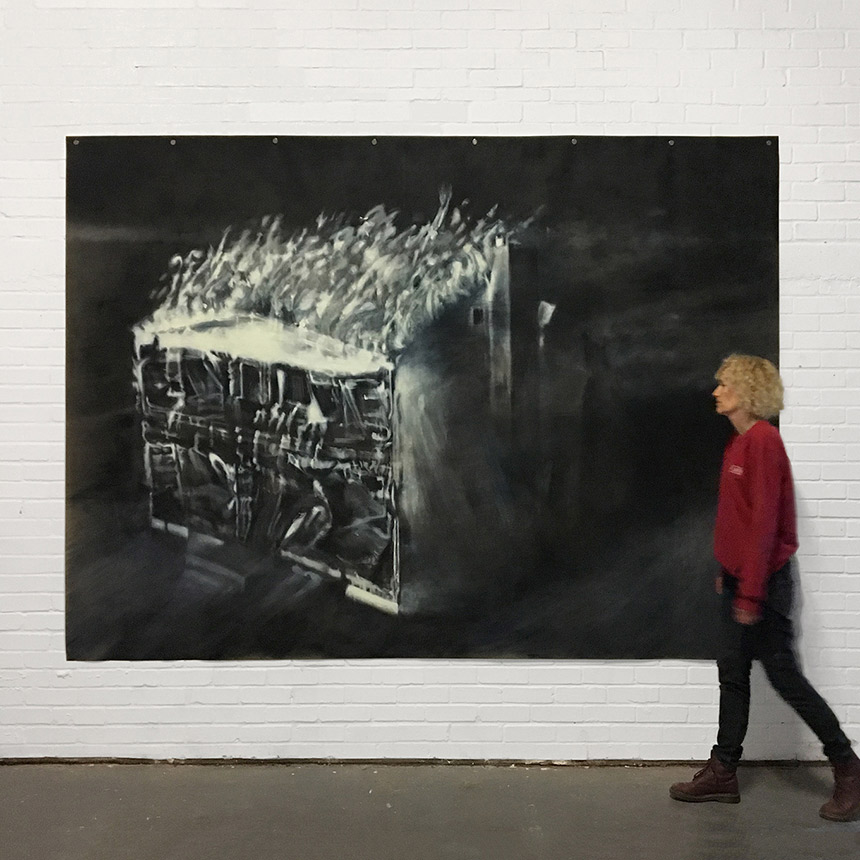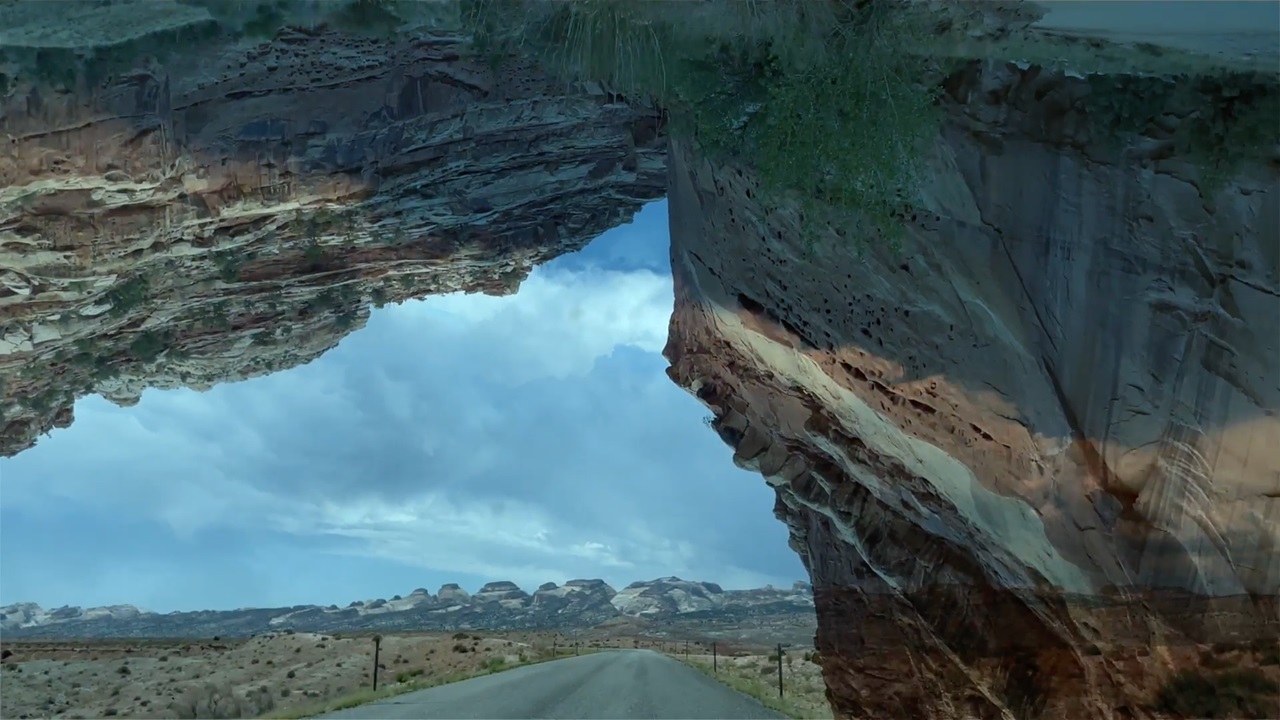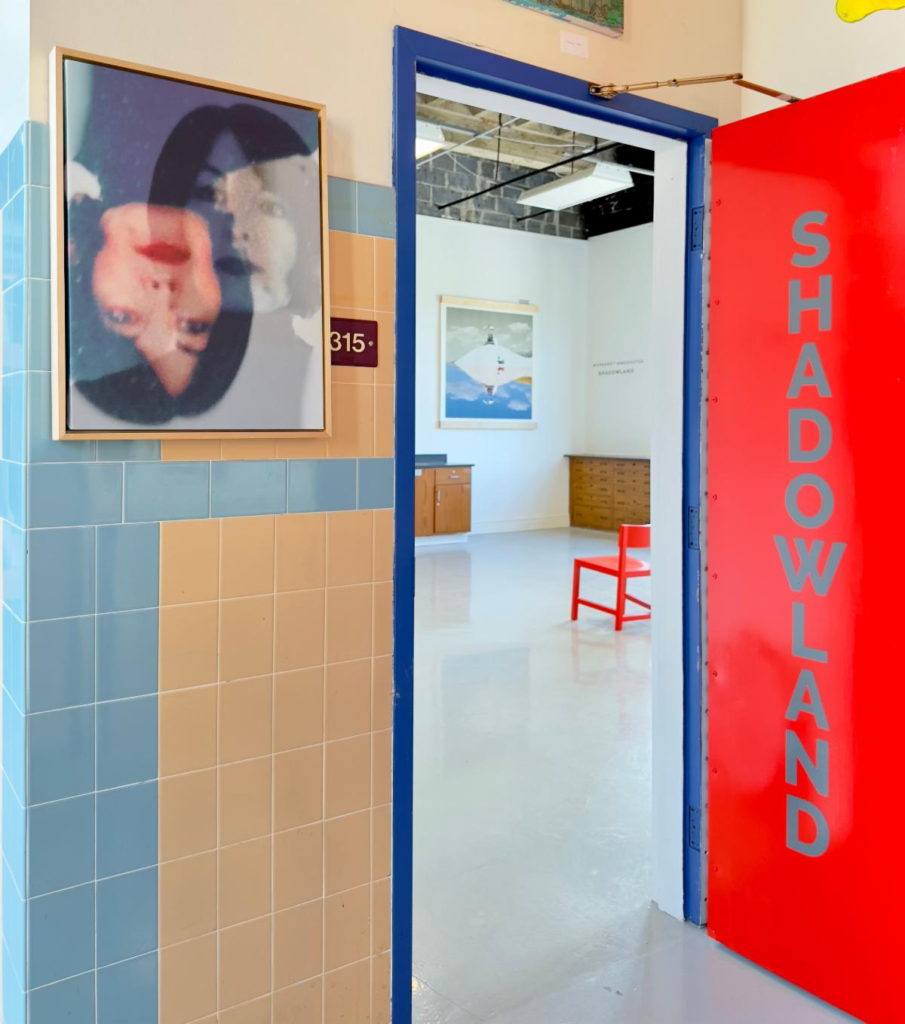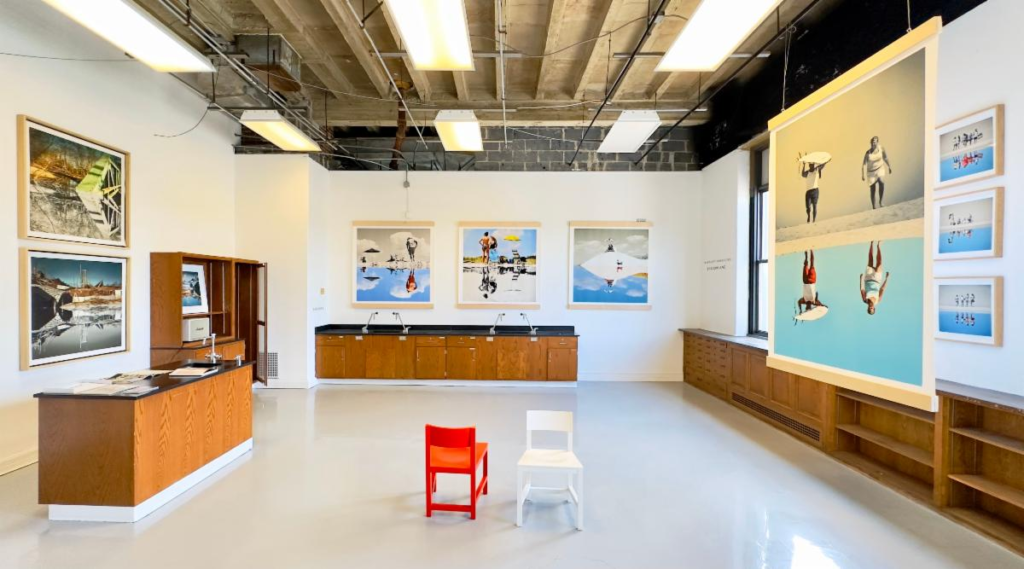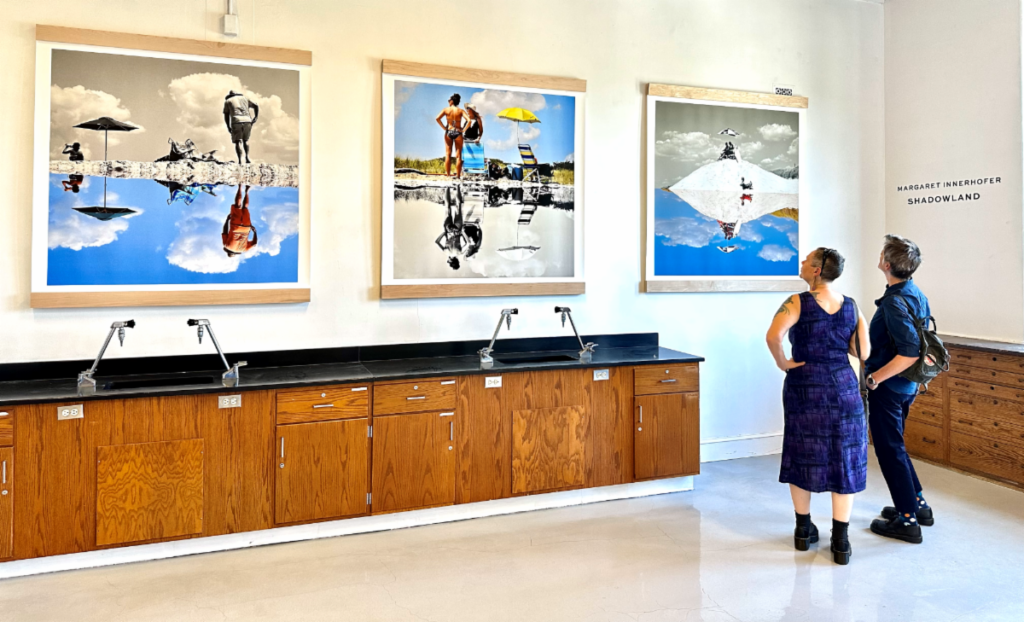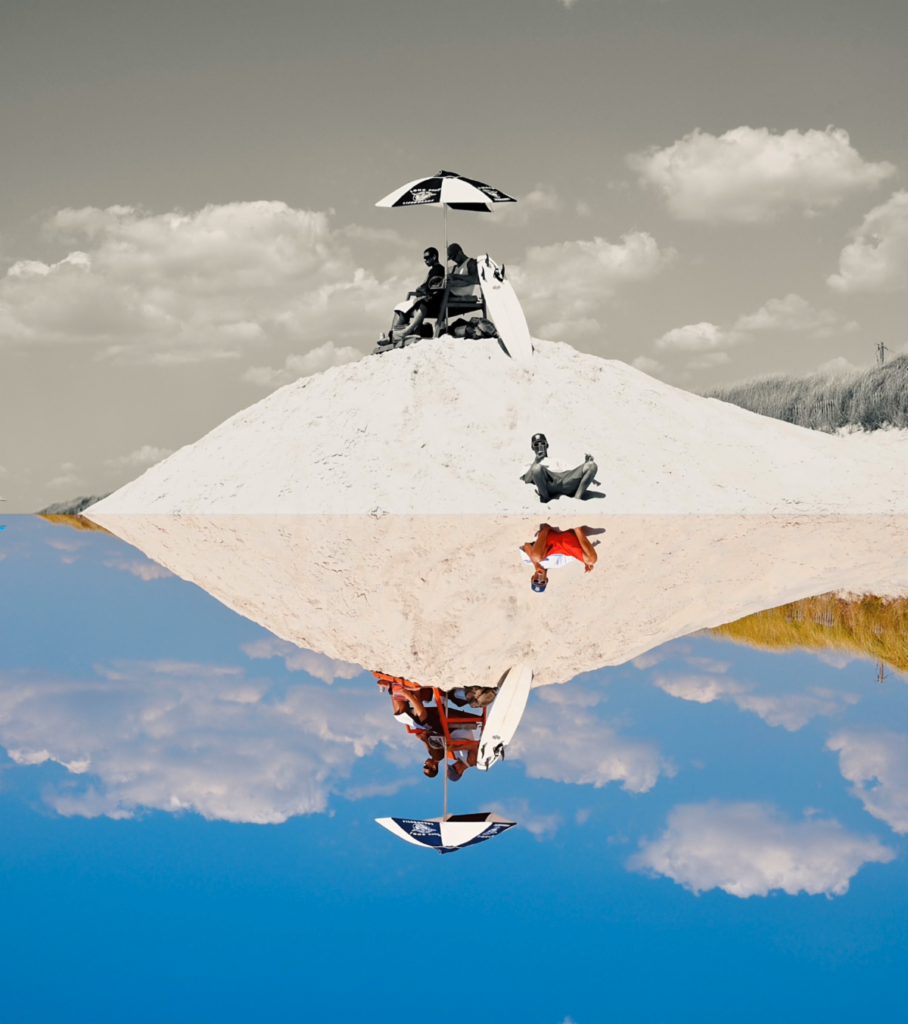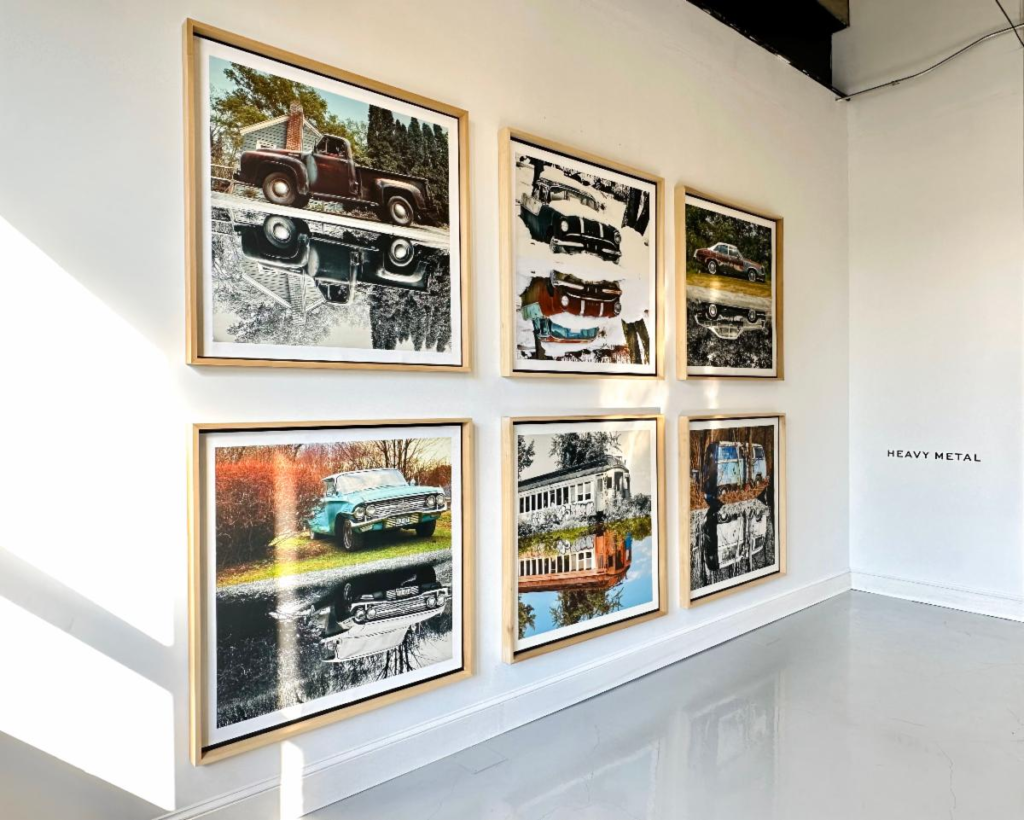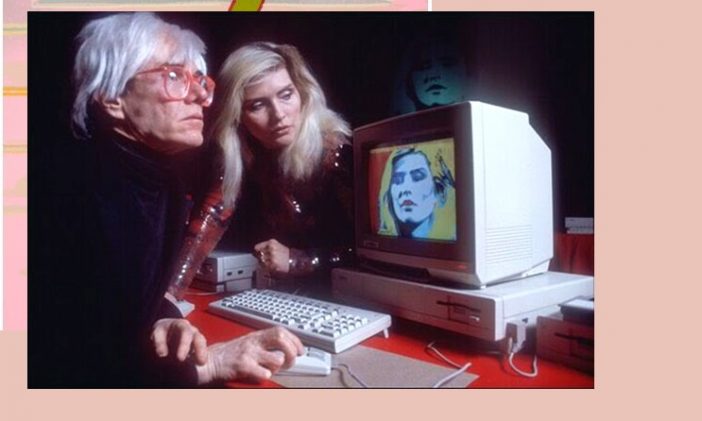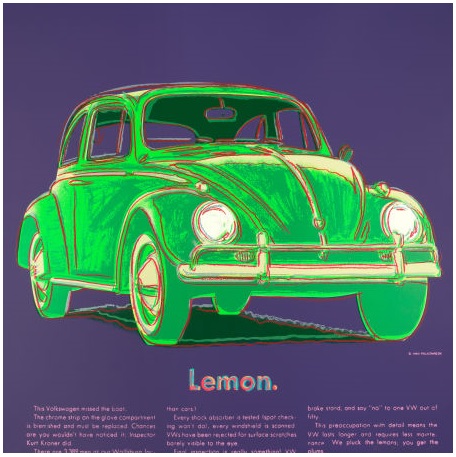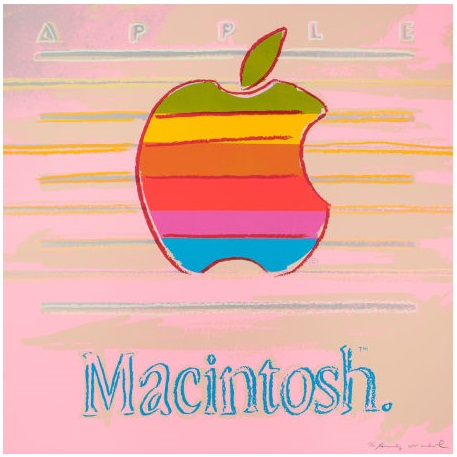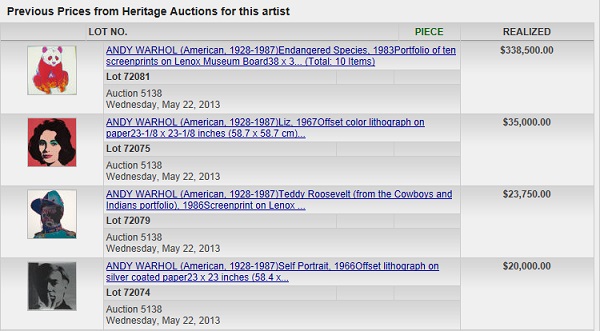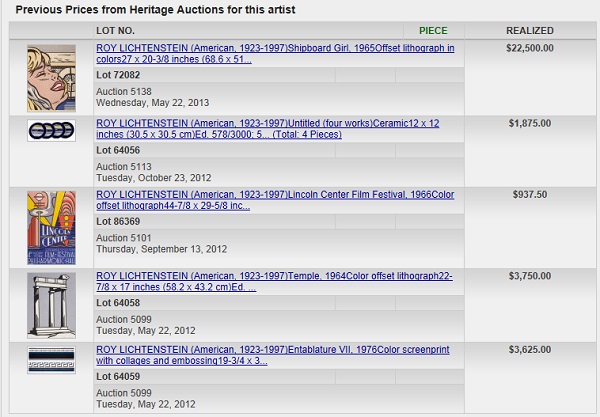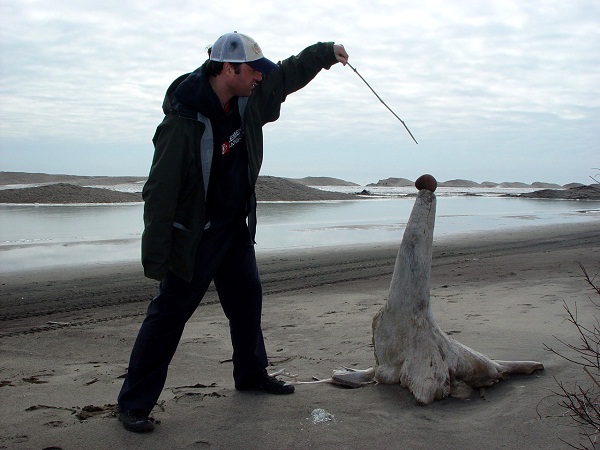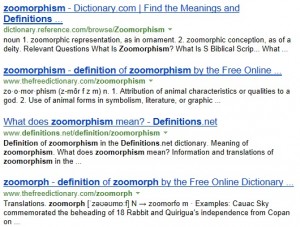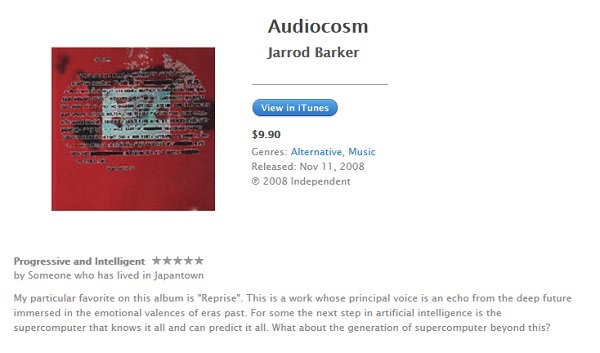The Gibbes Museum of Art presents the world premiere of Statement Pieces: Contemporary Fashion Design and the Gibbes Collection (January 31‒April 27), featuring designer treasures from Barrett Barrera Projects’ acclaimed fashion collection alongside works of art from the Museum’s permanent collection.
Exquisitely designed garments are curated with select artworks spanning from the 1770s to the 2020s. The exhibition is the centerpiece of this year’s Art Charleston, the city’s annual visual arts festival (April 23‒27). Statement Pieces shines a light on extraordinary fashions by
Alexander McQueen, Charlie le Mindu, Comme des Garcons, Dapper Dan, Gucci, Molly Goddard, Pam Hogg, Richard Quinn, and Serena Gili.
Their designer looks are paired with artworks by Joan Mitchell, Romare Bearden, Jasper Johns, Barkley Hendricks, Gilbert Stuart, Sir Martin Archer Shee, and Utagawa Hiroshige, plus nationally renowned Southern artists Merton Daniel Simpson, Donté K. Hayes, and Edward Rice, among other artists in the museum show.
Pictured above is Molly Goddard’s green tulle dress with embroidered flowers, from the Autumn/Winter 2017 Collection. The garment is paired with Joan Mitchell’s 1966 painting, titled Series: July 25 I, oil on canvas. In celebration of the artist’s centennial year, the Gibbes Museum is one of eleven American institutions awarded a grant by the Joan Mitchell Foundation. (Fashion photo by Jonas Gustavsson)
S t a t e m e n t P i e c e s
The exhibition is co-curated by Sara Arnold (Director of Curatorial Affairs at the Gibbes Museum of Art), and Kelly Peck (Chief Curator/Vice President of Barrett Barrera Projects). The gallery settings and staging for these one-of-a-kind pairings were designed by Nic Cherry (Director/Barrett Barrera Projects). Portraits by American and European masters from the eighteenth and nineteenth centuries showcase historical figures who were so confidently fashion-forward, they boldly hold their own when positioned next to the high glamour of current fashions.
Their sense of style continues to influence present day fashion designers, centuries later. Abstract mid-twentieth century paintings, and contemporary artworks of today, signal how art and fashion always influenced each other ‒ a theme clearly evident when viewed through this fashion lens.
Pictured above is the 1804 portrait by Gilbert Stuart of Charleston-born General John R. Fenwick (1780-1842), oil on canvas, exhibited alongside Alexander McQueen’s blue velvet embroidered coat with tulle replica dress, from the Autumn/Winter 2008 Collection. (Fashion photo above by Giovanni Giannoni) Pictured below is the red dress from the Comme des Garcons Spring/Summer 2015 Collection, paired with Sanctuary, the stoneware sculpture created by Donté K. Hayes in 2020.
(Fashion photos below by Jonas Gustavsson)
Above: the Museum exhibition pairs Harlem-inspired streetwear by Dapper Dan (pictured left) from his wildly successful 2018 collaboration with Gucci, and the 1972 painting on the right by the late artist Barkley Hendricks, titled Ms. Johnson (Estelle), oil and acrylic on linen canvas.
The Museum purchased this painting with funds provided by the National Endowment for the Arts. During his career, Hendricks influenced Black portraiture and conceptualism, and was known for his life-sized portraits of Black Americans. “The Gibbes Museum of Art is
thrilled to kick off the new season by celebrating the many ways art and fashion are forever intertwined in our culture,” says Angela Mack, the President and CEO of the Gibbes Museum. “The dialogues between each
artwork and garment create a striking visual courtship between the two art forms.
By pairing these works from our Museum’s permanent collection with the fashions from Barrett Barrera Projects, together we are taking
the phrase Statement Pieces to a whole new level,” adds Angela Mack. Pictured below: the 1823 portrait by Thomas Sully of Sarah Reeve Ladson, oil on canvas, with Alexander McQueen’s two-piece floral ensemble with brown leather corset, Spring/Summer 2009 Collection.
(Fashion photos below by Jonas Gustavsson)
The curators emphasize a dramatic focus on form, line, shape, texture, and color, creating fresh explorations of the Gibbes Museum’s collection through fashion. Traditional portraits by prominent American and European painters are re-contextualized with modern takes on power-dressing. The longstanding interplay between fine art and contemporary fashion design is showcased by combinations that examine technique, materiality, memory, identity, and style between each of the coupled fashions and artworks.
Pictured below: The 1770 painting by Benjamin West depicts Charleston-born Thomas Middleton, oil on canvas, presented with Gucci’s gold dress with feather embellishments from the
Spring/Summer 2011 Collection.
The style of sumptuous costume was often used in 18th Century paintings to create an air of pageantry and elegance ‒ a nod to the garment’s assertive provocation of glamour.
(Fashion photo by Jonas Gustavsson)
Fashion designer Richard Quinn’s sequin embellished floral dress, from
his Autumn/Winter 2019 Collection, is shown with Childe Hassam’s
1920 painting, April (The Green Gown), oil on canvas. This painting is
unique among the American artist’s work because of its personal subject
matter, recreating a moment from the artist’s past ‒ the artwork is believed to be a portrayal of Hassam’s mother in 1859 while she was pregnant with her son. Quinn describes his fashions as being “designed with the most meaningful moments of our lives in mind, inextricably linked with time, place and memory.”
(Fashion photo by Jonas Gustavsson)
Several of the artists in this exhibition use their depictions of dress and fashion to emphasize the personal style of their subjects. The artists also used this emphasis as an expression of their own aesthetic sensibilities.
This creativity and flair are comparable to the way modern day stylists and art directors work at fashion shoots today.
Above: The red tartan plaid pleated dress from the Comme des Garcons Spring/Summer 2017 collection is presented alongside the 1820 portrait titled Mrs. George Hall (Jane Ross), by Sir Martin Archer Shee, oil on
canvas. Fashion designer Rei Kawakubo’s clothing designs are known for exploring volume and shape, with amplified proportions. In the painting, the artist Martin Archer Shee likely included tartan to denote his subject’s Scottish heritage.
(Fashion photo by Giovanni Giannoni)
Above: The winged figure rising in the center of the 2015 mixed media work They Combined Beauty, by Stephen L. Hayes Jr, calls out to the gold embroidered wings on the black sheath dress by Alexander McQueen,
Spring/Summer 2008 collection.
The many layers of found objects in Hayes’ artwork convey the resilience and strength of the African American community, despite centuries of adversity ‒ from symbols referencing the transatlantic slave passage, to the fight for legal civil rights.
(Fashion photo by Jonas Gustavsson)
Pictured above: a rare 1800s Japanese color woodblock print by Katsushika Hokusai titled South Wind, Clear Dawn (Gaifu kaisei), with Alexander McQueen’s silk ombre kimono dress, Spring/Summer 2008 Collection. McQueen was fascinated with Japanese culture and dress.
The visually pronounced gradations in McQueen’s fabric marry well with the color technique effects in Hokusai’s artwork.
(Fashion photo by Jonas Gustavsson)
Pictured above: visitors to the museum will be able to view one of Romare Bearden’s rarely seen mid-century abstract paintings. Untitled (Green), ca. 1950s, (oil, casein, and colored pencil on canvas, that has been cut and mounted on painted board), is juxtaposed with fashion designer Serena Gili’s golden fiberglass skirt and cashmere beaded top.
Gili’s acclaimed 2012 Collection earned rave reviews. Bearden’s abstract
paintings are not usually exhibited to the public, and are heralded as some of his best work by the art critic Roberta Smith.
(Fashion photo by Saga Sig, courtesy of Serena Gili)
Pictured above: Pam Hogg’s “Black Dress #4” from the Spring/Summer 2013 Collection, paired with the 1919 painting Mrs. Asher D. Cohen, by Martha Simkins, oil on canvas. Hogg’s collection was titled “Save Our
Souls” when it debuted at London Fashion Week, emphasizing the punk aesthetic and London club scene looks that Hogg is known for.
During the historical period when this painting was made, it was common for women to have their portraits painted while in mourning.
(Fashion photo courtesy of Pam Hogg)
Above: Merton Daniel Simpson’s 1991 painting titled Grand Dance, oil and Mali hunting cloth, paired with the Alexander McQueen moth print silk dress from the fashion house’s Spring/Summer 2010 Collection. The decade-defining collection was one of the first to feature 3-D printing techniques.
Simpson was born in Charleston in 1928, and was influential in bringing African art into mainstream culture when he opened his art gallery in New York in the 1950s, introducing tribal and African art to museums and collectors. He worked for social justice, incorporating political themes into his art.
(Fashion photo by Jonas Gustavsson) For the Silo, Jarrod Barker. @jarrod_barker_
Exhibition Events and Programming
The exhibition comes to life through a series of events and programming from January 31 through April 27.
Visit gibbesmuseum.org/programs-events for updated events information.
About Art Charleston 2025
Art Charleston (April 23-27) is the city’s annual visual arts festival, presented by the Gibbes Museum of Art. The five-day celebration features signature events, exhibition tours led by experts, artist lectures,
panel discussions, gallery walks, professional workshops, and more. Read the full festival event guide at the link above. The centerpiece of
this year’s festival is the Museum’s exhibition Statement Pieces: Contemporary Fashion Design and the Gibbes Collection.
About Barrett Barrera Projects
Barrett Barrera Projects is a cross-disciplinary group of originators who redefine art experiences and push boundaries to explore the continuously expanding spectrum of art forms. We see art where others see separate disciplines. At Barrett Barrera Projects we focus on the intersections, because that’s where new ideas and experiences emerge. Our team produces, manages, consults and advises on emerging contemporary art and non-traditional media. Barrett Barrera Projects offers complex, multi-disciplinary exhibition experiences that
challenge the traditional boundaries separating art, fashion, design and performance.
About the Gibbes Museum of Art
The Gibbes Museum of Art, a beacon in the American South for arts and culture since 1858 when the Museum’s art collection was founded as the Carolina Art Association, is heralded as one of the earliest and most longstanding arts institutions in the United States. The Museum’s collection spans 350 years, and features some of America’s most celebrated artists ‒ including contemporary, modern and historical works.
With world-class rotating exhibitions and a dynamic visiting artist residency program, the Gibbes is a southern museum with a global
perspective. The Museum’s mission is to enhance lives through art by engaging people of every background and experience with art and artists of enduring quality, providing opportunities to learn and discover, to enjoy and be inspired by the creative process.
Museum hours and visitor info at: www.gibbesmuseum.org/visit




















